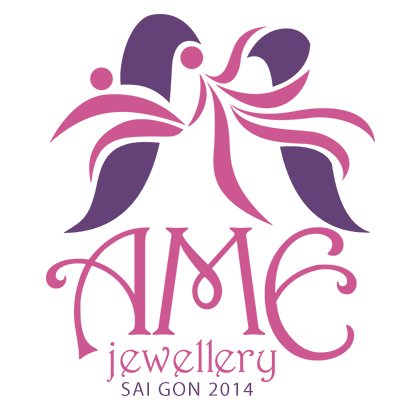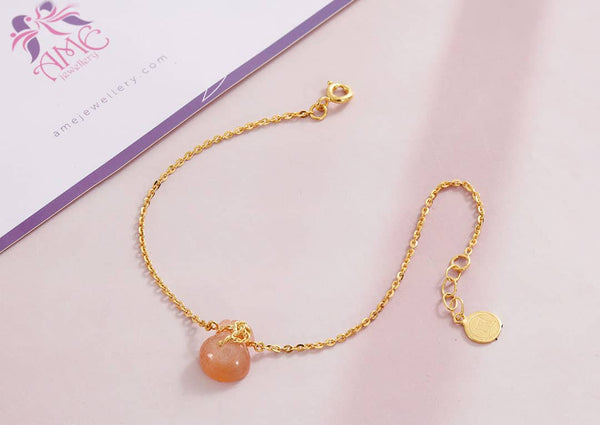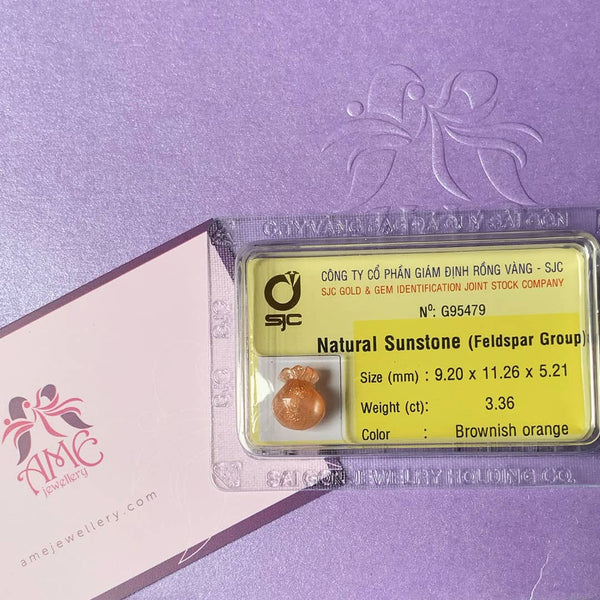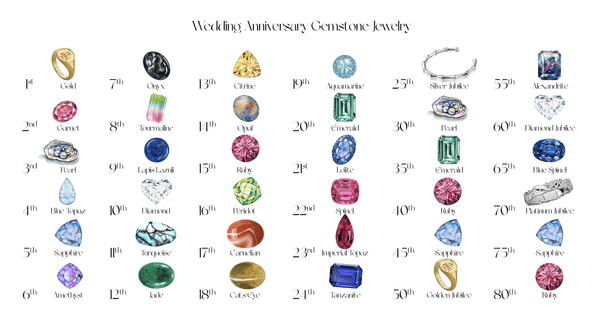Feldspar Gemstone
Feldspar Gemstone: Sunstone, Moonstone, Labradorite, Amazonite
Feldspar is one of the most abundant mineral groups on the Earth, composing approximately 60% of the planet’s crust. This group of aluminosilicate minerals is divided into two primary branches: plagioclase feldspar (a sodium-calcium series) and potassium feldspar (also known as alkali feldspar). While feldspar minerals are common in the geological world, certain varieties stand out for their aesthetic beauty, optical phenomena, and durability—earning them a place in the world of gemstones.
Gem-quality feldspars are prized for their unique optical effects and a broad spectrum of colors. These include:
- Aventurescence: A shimmering, metallic sparkle seen in Sunstone, caused by reflective inclusions.
- Adularescence: A soft, glowing sheen reminiscent of moonlight, characteristic of Moonstone, produced by light scattering within the stone.
- Labradorescence: An intense, iridescent play of colors found in Labradorite, due to internal twinning planes.
- Some varieties, like Amazonite, lack these optical effects but captivate with rich, opaque hues.
Feldspar gemstones have been used in adornments and spiritual practices for millennia. Today, they are celebrated in high-end and artisanal jewelry, from statement pieces to minimalist designs, as well as in metaphysical traditions for their supposed emotional and energetic benefits.
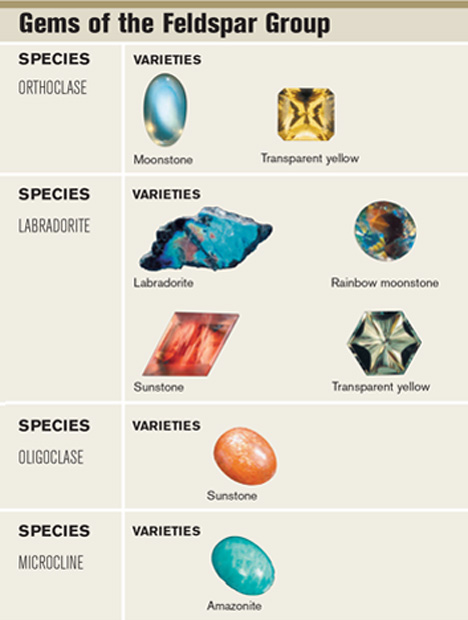
1. Sunstone
Sunstone is a plagioclase feldspar that exhibits aventurescence, a glittering effect caused by light reflecting off tiny plate-like inclusions (often hematite, goethite, or copper). Its colors range from pale yellow to deep red, with some varieties showing a mix of hues. It’s typically translucent to semi-opaque.
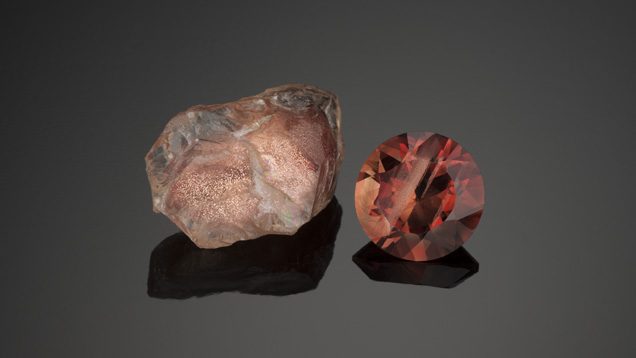
Discoveries of glittery sunstone rough led miners to establish claims in the US state of Oregon. – Robert Weldon, courtesy Sunstone Butte Mine. GIA
History & Culture
- Sunstone has been revered since ancient times, often linked to solar energy, and believed to bring life and abundance.
- In medieval Europe, it was thought to ward off evil spirits and enhance vitality.
- Native American tribes in Oregon (a key source) used it in trade and rituals, valuing its connection to the sun’s energy.
- It’s popular in metaphysical circles for promoting optimism and personal power.
Gemstone Factors
- Mineral: Feldspar
- Chemistry: NaAlSi₃O₈ - CaAl₂Si₂O₈ (plagioclase series)
- Color: Golden, orange, red, or rarely green; the intensity of aventurescence boosts value.
- Mohs Hardness: 6 - 6.5
Mining Sources
- United States: Oregon is famous for gem-quality sunstones, especially copper-bearing varieties.
- India: Produces lighter, more affordable sunstone.
- Norway and Russia: Known for oligoclase sunstone with hematite inclusions.
- Minor sources include Canada and Australia.
2. Moonstone
Moonstone, typically an orthoclase or plagioclase feldspar, is celebrated for its adularescence—a billowy, bluish-white glow that mimics moonlight. Its colors include white, gray, peach, and rare blue, and it has a vitreous to pearly luster.

The beautiful shimmer of light that's characteristic of moonstone is apparent even in its rough form. - David Humphrey. GIA
History & Culture
- In ancient Rome, it was believed to be solidified moonlight, linked to the goddess Diana.
- In India, it’s sacred and tied to love and fertility, often gifted to newlyweds.
- During the Art Nouveau period (late 19th century), jewelers like René Lalique popularized it in dreamy designs.
- It’s a traditional birthstone for June and a symbol of intuition in New Age practices.
Gemstone Factors
- Mineral: Feldspar
- Chemistry: K(AlSi₃O₈) or NaAlSi₃O₈ (depending on variety)
- Color: Blue adularescence on a clear body is most prized; peach and gray are more common.
- Mohs Hardness: 6 - 6.5
Mining Sources
- Sri Lanka: Premier source for blue-sheen moonstone.
- India: Major producer of gray, white, and peach varieties.
- Madagascar and Myanmar: Known for high-quality stones.
- Other sources include Brazil, Australia, and the U.S. (Virginia).
3. Labradorite
Labradorite, a plagioclase feldspar, is renowned for labradorescence—a vivid play of colors (blue, green, gold, orange) caused by light interference within its layered structure. It’s typically grayish but transforms dramatically in light.
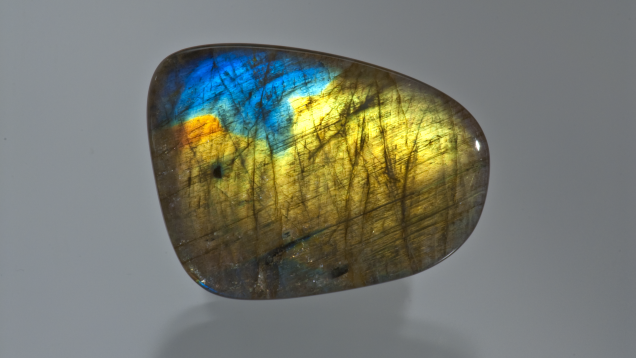
Natural color andesine-labradorite from the Himalayas Highland, Tibet. GIA
History & Culture
- Discovered in 1770 on Canada’s Labrador Peninsula by Moravian missionaries, it was named after the region.
- Inuit legends say it fell from the Aurora Borealis, giving it a mystical reputation.
- In the 18th and 19th centuries, it gained popularity in European jewelry.
- Modern crystal enthusiasts associate it with transformation and protection.
Gemstone Factors
- Mineral: Feldspar
- Chemistry: (Ca,Na)[Al(Al,Si)Si2O8]
- Color: The strength and range of iridescence determine value; full-spectrum "spectrolite" is top-tier.
- Mohs Hardness: 6 - 6.5
Mining Sources
- Canada: Labrador remains a key source.
- Finland: Produces "spectrolite," a premium variety with intense color play.
- Madagascar: Yields large, high-quality stones.
- Other sources include Australia, Mexico, and the U.S. (Oregon).
4. Amazonite
Amazonite, a microcline feldspar, is known for its vibrant turquoise to green color, often with white streaks. Unlike its flashy cousins, it’s opaque and lacks optical effects, offering a solid, calming aesthetic.
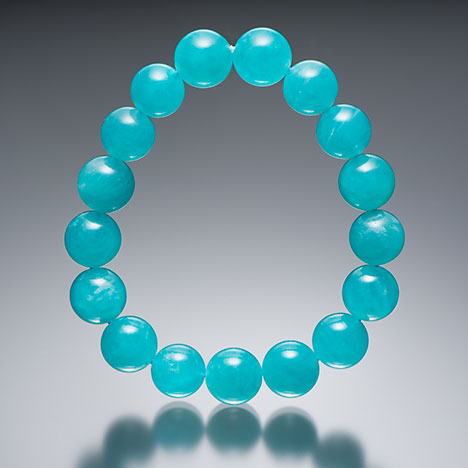
In this high-quality translucent Amazonite bracelet, the average bead diameter is 12 mm. Photo by Kevin Schumacher. GIA
History & Culture
- Named after the Amazon River, though no significant deposits exist there—likely a nod to its color resembling jade.
- Ancient Egyptians used it in jewelry, including Tutankhamun’s treasures, associating it with harmony.
- In Mesopotamia, it was dedicated to the goddess Tiamat, symbolizing courage.
- Today, it’s a favorite in bohemian jewelry and for its reputed stress-relieving properties.
Gemstone Factors
- Mineral: Feldspar
- Chemistry: K(AlSi₃O₈)
- Color: Uniform teal or turquoise is most valued; greenish-yellow is less desirable.
- Mohs Hardness: 6 - 6.5
Mining Sources
- Russia: Historic source near the Ilmen Mountains.
- United States: Colorado and Virginia produce fine specimens.
- Brazil and Madagascar: Major modern suppliers.
- Minor sources include Ethiopia and Australia.
Sources: GIA, Mindat, Geology, Lotus Gemology, Gemsociety
